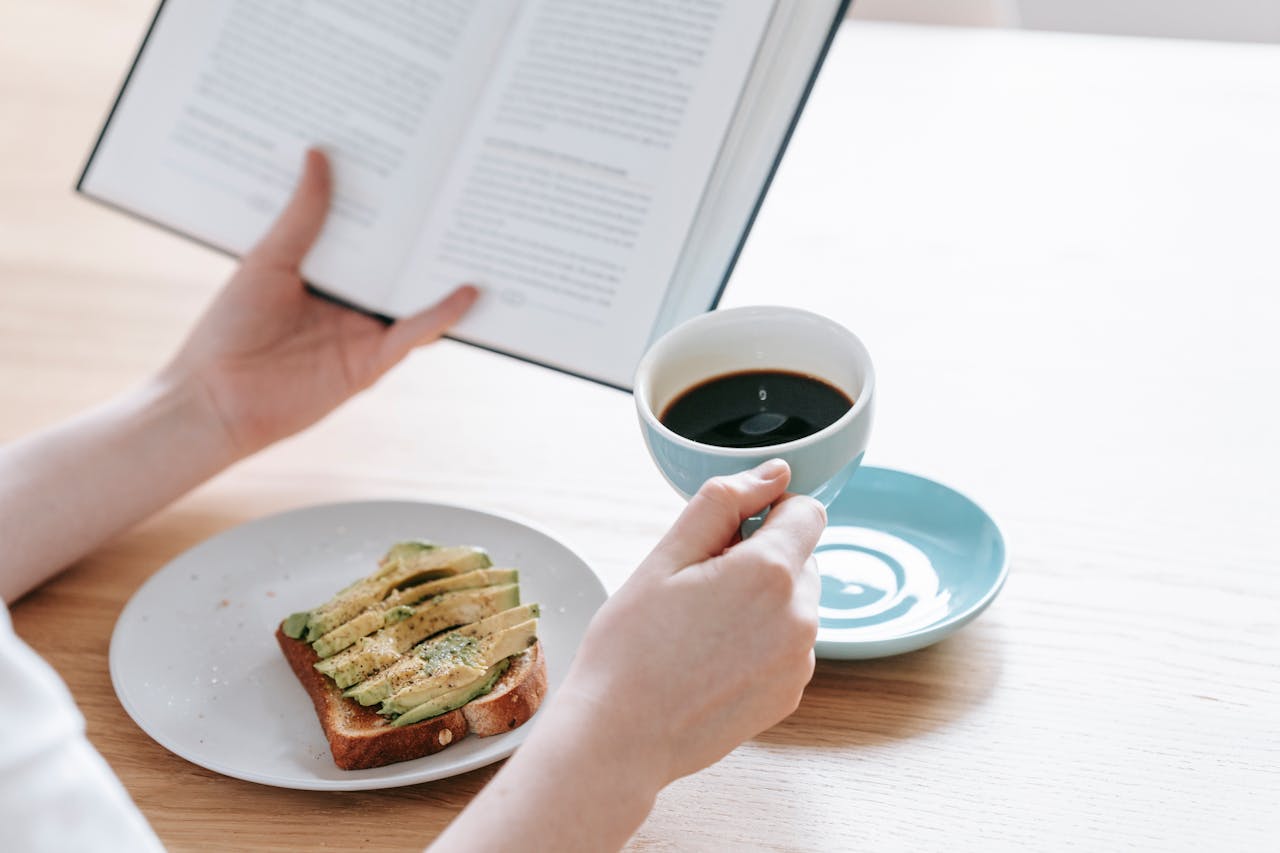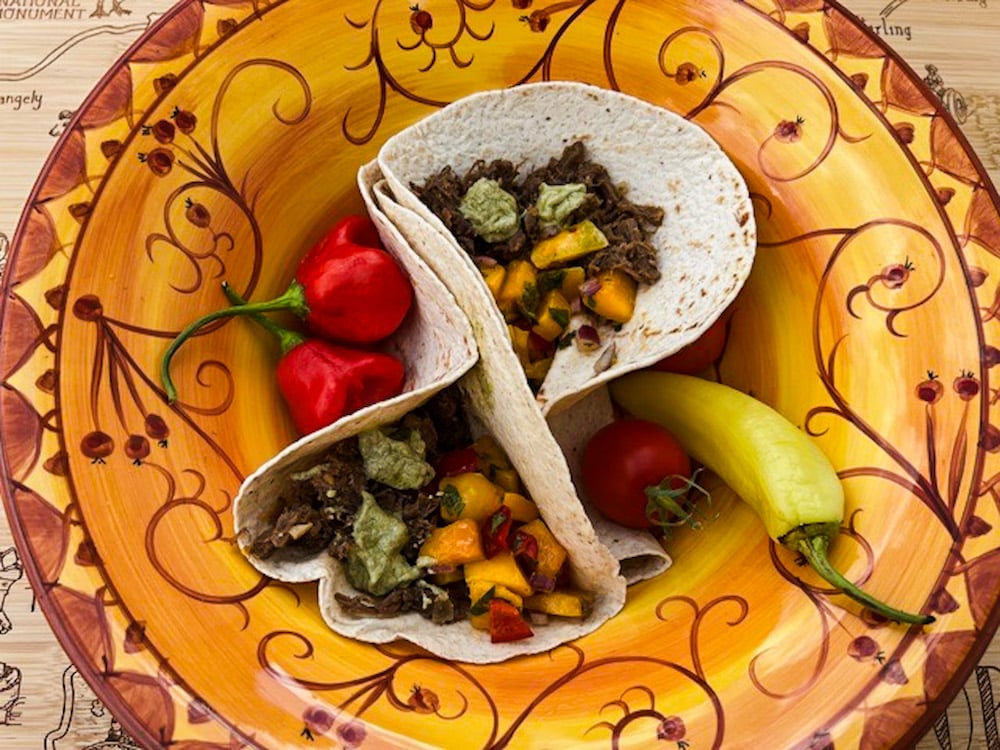
Share this post!
Lemon pickle is so ubiquitous in Moroccan cuisine that you’d be hard-pressed to find a local home kitchen without a jar. We love using condiments from around the world. Simple, flavorful condiments can add a punch of nutrition and a certain je ne sais quoi, elevating the food you cook to something people talk about long after the meal is finished. Preserved lemons do that to dishes. Think of how a squeeze of lemon adds zip to a piece of grilled fish or a plate of roasted vegetables. Preserved lemons add complexity, and they get better the longer they ferment. Meyer lemons are most commonly used, but you could substitute regular lemons. Meyer lemons have a more delicate, floral-flavored peel that’s somewhere between an orange and a lemon. Whatever lemons you use, make sure they are organic, as the peel is the part you eat. Stay tuned for a special recipe next month using preserved lemons, and in the meantime, make these, so that they have time to pickle while you wait.
Why We Love It:
- Preserving lemons is a wonderful way to use the peel in recipes. Lemon peel contains limonene, a potent chemoprotective compound found to have antitumor properties and to assist in liver detoxification of carcinogens.
- When eaten raw (not heated), fermented foods contain loads of probiotics that improve immunity and gut and brain health.
- When eaten raw (not heated), fermented foods help curb sugar cravings, fight intestinal yeast, and help recolonize gut microflora.
- Preserved lemons are versatile; use them in salad dressings, grain bowls, stews, soups, stir-fries, meat braises, guacamole, fish tacos, whipped sweet potatoes, hummus, and everywhere else you use salt.
- They take 15 minutes to make and can last up to one year.
How to Preserve Lemons
Ingredients:
- 1 clean, dry pint-sized glass jar with tight fitting lid
- Sharp paring knife
- 4-6 Meyer lemons, depending on size
- Coarse unrefined sea salt
Directions:
1) Pour two teaspoons of salt in the bottom of your clean jar.
2) Lop off the very ends of a lemon. Make two slits down the lemon ¾ of the way lengthwise, as if you were going to quarter it.
3) Stuff the slit lemon with a teaspoon of salt.
4) Put the first lemon at the bottom of the jar, then repeat steps 2 and 3 with the remaining lemons, stuffing each on top of the other in the jar.
5) When you can’t fit any more lemons in the jar, slice one more lemon and squeeze its juice into the jar so that all lemons are submerged in lemon brine. Leave about ½ inch of space between bottom of lid and top of lemons.
6) Cover jar and leave at room temperature for at least 3 days and up to 3 weeks, then move jar to the refrigerator to slow the fermentation process.
7) Allow lemons to ferment for at least two weeks before using. Longer is better!
To use preserved lemons, remove one from jar and scoop flesh from rind. Discard the seeds. Rinse the rind and flesh and slice thinly or mince before adding to your recipe.
Learn more about the history and benefits of salt in this article.
Share this post!




















